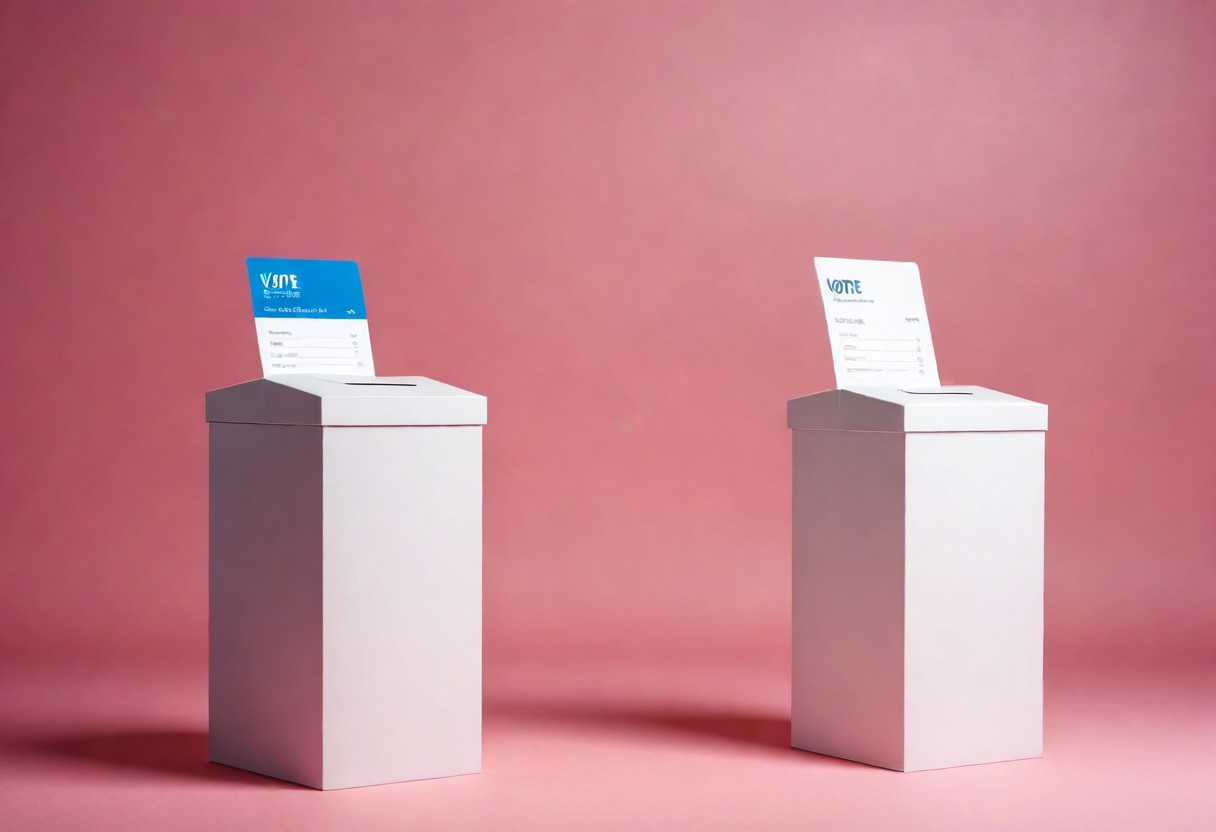There have always been concerns over the integrity and security of electoral processes globally. From allegations of voter fraud and tampering to issues with vote counting and result verification, traditional voting systems have faced scrutiny and criticism.
This has led to a growing interest in exploring alternative solutions that leverage cutting-edge technologies like the blockchain to enhance the security, transparency, and trustworthiness of elections.
Understanding Blockchain Technology
The blockchain is a distributed, immutable, and transparent digital ledger that records transactions in a secure and verifiable manner. Each transaction is grouped into blocks, which are then cryptographically linked to the previous block, creating an auditable and tamper-proof chain of records.
Some of the key features of blockchain technology include decentralization, transparency, immutability, consensus, and cryptographic security. The blockchain operates on a peer-to-peer network, eliminating the need for a central authority or intermediary. This decentralized nature makes it highly resistant to censorship, manipulation, or control by any single entity.
All transactions on the blockchain are publicly visible and auditable, and once data is recorded on the blockchain, it becomes virtually impossible to alter or delete, ensuring the integrity and permanence of the information.
Blockchain networks rely on consensus mechanisms, such as Proof-of-Work (PoW) or Proof-of-Stake (PoS), to validate transactions and maintain the integrity of the network. The technology leverages advanced cryptographic techniques, such as digital signatures and hash functions, to secure transactions and ensure data authenticity.
Applying Blockchain Technology to Elections
The unique features of blockchain technology make it an attractive solution for addressing many of the challenges faced by traditional voting systems. By leveraging the principles of decentralization, transparency, and immutability, blockchain-based voting systems can potentially enhance the security, integrity, and trustworthiness of electoral processes.
- Voter Identity and Eligibility Verification: Blockchain technology can be used to create secure and tamper-proof digital identities for eligible voters. These identities can be linked to biometric data or other verification methods, ensuring that only authorized individuals can participate in the voting process.
- Secure and Auditable Voting Process: Blockchain-based voting systems can provide a secure and transparent platform for casting and recording votes. Each vote can be recorded as an immutable transaction on the blockchain, creating a permanent and verifiable record that is resistant to tampering or manipulation.
- Real-Time Voting Tracking and Auditing: The transparency of the blockchain allows for real-time tracking and auditing of the voting process. All stakeholders, including voters, election officials, and independent observers, can monitor and verify the integrity of the process in real-time.
- Decentralized and Trustless System: By leveraging the decentralized nature of blockchain technology, voting systems can become more resilient against centralized control or manipulation. The system operates in a trustless manner, eliminating the need for a central authority or intermediary to manage and validate the process.
- Enhanced Voter Privacy: Blockchain-based voting systems can incorporate advanced cryptographic techniques, such as zero-knowledge proofs and homomorphic encryption, to ensure voter privacy while maintaining transparency and verifiability.
Potential Challenges and Considerations
While blockchain technology holds significant promise for secure and transparent elections, there are also several challenges and considerations that must be addressed. For instance, existing blockchain networks, like Bitcoin and Ethereum, may face scalability and performance limitations when handling large-scale voting events with millions of participants. Advancements in scaling solutions and alternative consensus mechanisms will be crucial.
There is also the problem of accessibility and usability because blockchain-based voting systems may require a certain level of technical literacy from voters and election officials. Furthermore, the adoption of blockchain-based voting systems will likely require updates to existing legal and regulatory frameworks governing electoral processes. Collaboration between technology experts, policymakers, and stakeholders will be necessary.
Blockchain-based voting solutions must be integrated with existing electoral infrastructure and processes, such as voter registration databases and polling station management systems. And like any technology system, blockchain-based voting solutions will require ongoing security audits, updates, and maintenance to address potential vulnerabilities and ensure the integrity of the system.
Real-World Examples and Initiatives
Despite the challenges, several countries and organizations have already begun exploring and implementing blockchain-based voting solutions.
- In 2018 and 2020, West Virginia piloted a blockchain-based mobile voting platform called “Voatz” for military personnel and overseas voters. The platform aimed to provide a secure and accessible way for these voters to cast their ballots remotely.
- Moscow, Russia: In 2019, Moscow conducted blockchain-based voting for a municipal-level election, allowing voters to cast their ballots electronically using a decentralized system built on the Ethereum blockchain.
- In 2018, Sierra Leone partnered with the blockchain company Agora to conduct a blockchain-based presidential vote tracking system. The system aimed to enhance transparency and reduce the risk of electoral fraud.
While these examples demonstrate the growing interest and potential of blockchain-based voting solutions, it is important to note that widespread adoption and implementation at a national or international level will require significant collaboration, testing, and refinement of the technology and processes.
Conclusion
The integration of blockchain technology into electoral processes holds the promise of addressing many of the challenges and vulnerabilities faced by traditional voting systems. By leveraging the principles of decentralization, transparency, and immutability, blockchain-based voting solutions can potentially enhance the security, integrity, and trustworthiness of elections.
However, it is crucial to acknowledge the challenges and considerations that must be addressed, such as scalability, usability, regulatory frameworks, and voter education. Overcoming these hurdles will require collaboration between technology experts, policymakers, and stakeholders, as well as ongoing research, pilot projects, and refinement of the technology.
Ultimately, the successful implementation of blockchain-based voting systems has the potential to restore faith in the democratic process and promote greater transparency and accountability in elections worldwide.





